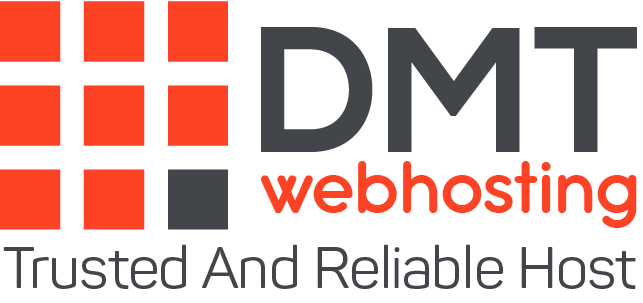-
Choosing a web host means determining your needs
The first step is to figure out what you need and often when you’re just starting out, you don’t have a clue!
Shared hosting to get started
For a blog, generally shared hosting will be more than enough for your needs. The hosts also offer VPS and dedicated servers but these formulas are adapted to much larger or very resource-intensive sites.
Shared hosting is the cheapest, it supports large numbers of visitors very well (we can sometimes stay on shared hosting even with more than 100,000 visitors per month!).
Then, most hosts offer several shared hosting plans. To choose, remember to look:
The number of databases: A WordPress blog only needs one database to function. Conversely, if you have a blog and a forum, a blog and a separate store, a blog and a photo gallery not integrated with WordPress, you may need more than one database.
The number of sites you can host on the same account: most web hosts impose a limit on you. If you only have one blog, it’s very simple but if you want to host two or more different blogs, your hosting plan must allow it. The basic plans often offer the possibility of having a free domain name and ten personalized e-mail addresses for your blog. This is sufficient for most blogging projects.
-
The location of the servers
This is one thing that beginners never think of looking at and yet it is very important! Your website files are going to be stored on a machine called a server. This server is located somewhere in the world. The idea is to make your server as close as possible to the country where most of your readers are located.
It’s very simple: when you visit a website, your browser “contacts” the server where the site is stored and the server “responds” to it by displaying the page. Obviously, the further away the server is, the longer it takes to receive its response.
-
“The uptime” or the reliability of the host
In a perfect world, your website would be accessible 24 hours a day, 7 days a week without a single incident or slowdown. In reality, it happens that incidents occur, even at the best hosting providers: a server that breaks down, a temporary overload, Uptime is the time during which a site is accessible without incident.
-
Prices and conditions of sale
The prices of shared hosting packages vary little from one host to another. We can, however, distinguish “heavy goods vehicles” like DMT Webhosting which often offer prices a little cheaper.
The conditions for renewal often differ. Some hosts offer you, for example, a preferential rate the first year, then a price increase from the second year.
Some hosts may offer you subscriptions over several years. It is not recommended unless it is a host that you already know and whose reliability suits you. First, because you can decide to close your blog. Then, because you may want to change host if you are dissatisfied with the service.
-
Support and help resources
Whether you are a beginner or more experienced, you often have to contact the technical support of your host at least once. It can be a simple question (“how to do such and such a thing”) or a more serious problem (hacked site, deleted site, etc). It is essential that technical support is not only responsive but also knows how to adapt to your level. If you ask a “newbie” question and the host responds in the language you absolutely do not understand, the help will be of no use to you.
Ideally, before purchasing a subscription, try asking a question via the web host’s website and see how long it takes to get back to you.
-
Automatic backups
Many web hosts will automatically save your blog for you. Useful if you don’t feel like doing it yourself or tend to forget.
-
The ergonomics of the interface
A small, silly detail that is important! One day, I took out hosting from a host that had been recommended to me for its reliability. Indeed, it was very reliable … but it was a Chinese puzzle to navigate their administration interface. Where to create a database? Where can I manage my backups? Nothing was clear! You had to dig into all the sections before finding any information!
See if the host’s help sections include screenshots for example or if Google Images offers them, it can give you an idea of the clarity of the interface!
Choose a web host near you
Today, we no longer really pay attention to the purely technical aspects for a classic blog project because the hosts all have offers that suit the greatest number. Only “specific” projects (e-commerce, streaming site, hosting of several sites, etc.) require a more detailed examination of this data.
On the other hand, there is more emphasis than before on the “customer experience”: having good technical support, an easy-to-use and reliable service, easy-to-understand prices and terms of use, and so on.
About the author
DMTwebhosting.com’s Editorial Team prides itself on bringing you the latest web hosting news and the best web hosting articles!
You could also link to the news and articles sections:


